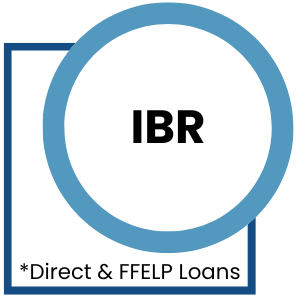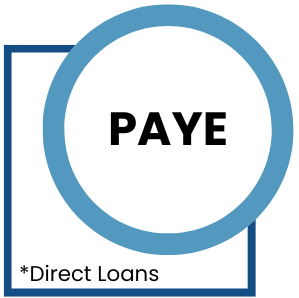
Income-driven repayment plans are designed to make repaying your student loan debt more manageable by basing your monthly payment amount on your income, family size, and federal student loan debt. If your current loan payment is high compared to your income, we recommend you repay your loan(s) under one of the following income-driven plans.
If so, you should repay your loans under an income-driven repayment plan.




Want to see a side-by-side comparison of each repayment plan, which plan(s) you’re eligible for, and what your monthly payment will be?
Use the Loan Simulator tool on StudentAid.gov to see which plan is right for you.
Skip the paperwork and have your request processed faster by completing it online at StudentAid.gov*. This is the quickest and easiest way to submit your request. You will need your FSA ID, personal information, spousal information (if applicable), and income information to complete the request.
If you are unable to complete the online request, you can get a copy of the paper request form on our Forms page.
If your balance is not repaid in full after making the equivalent of 20 or 25 years of qualifying monthly payments and at least 20 or 25 years have elapsed, any remaining debt will be eligible for forgiveness.
Note: The Department of Education (ED) is conducting a one-time adjustment of payment counts toward Income-Driven Repayment and Public Service Loan Forgiveness programs. For more information, visit StudentAid.gov/idradjustment.
Income-driven repayment plans have different repayment periods, as indicated in the chart below.